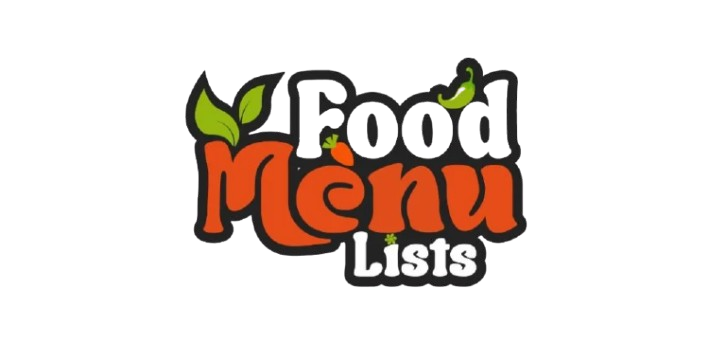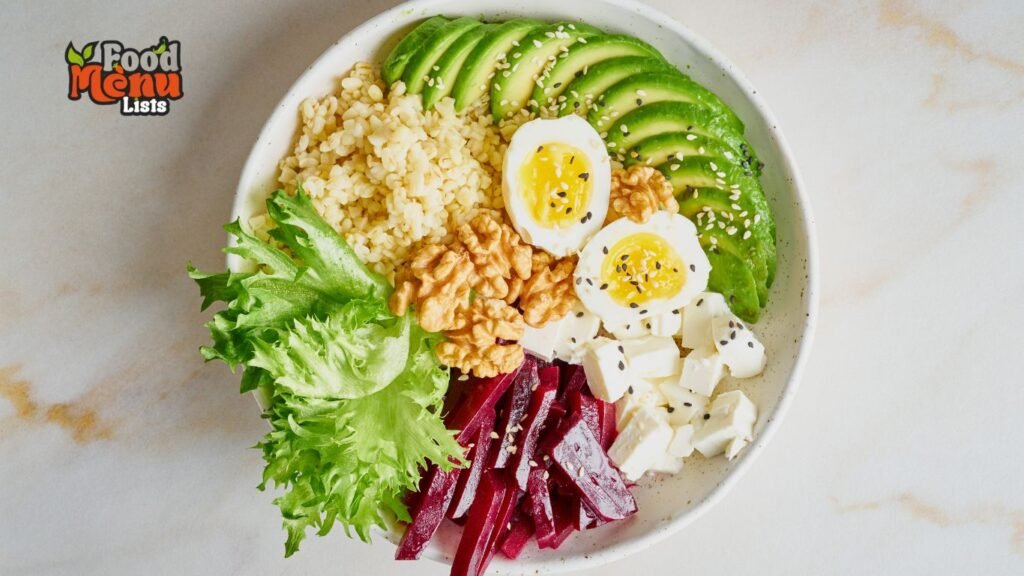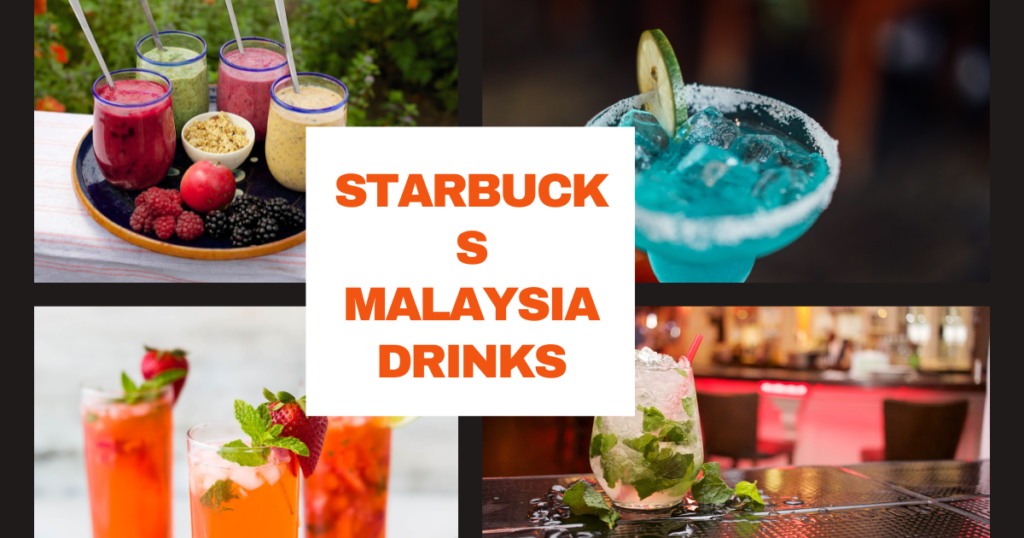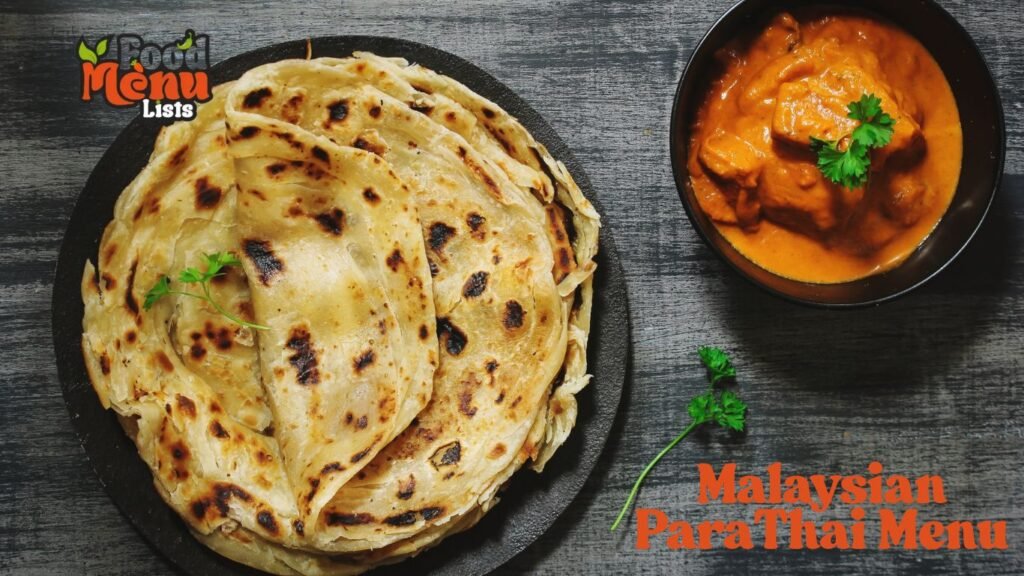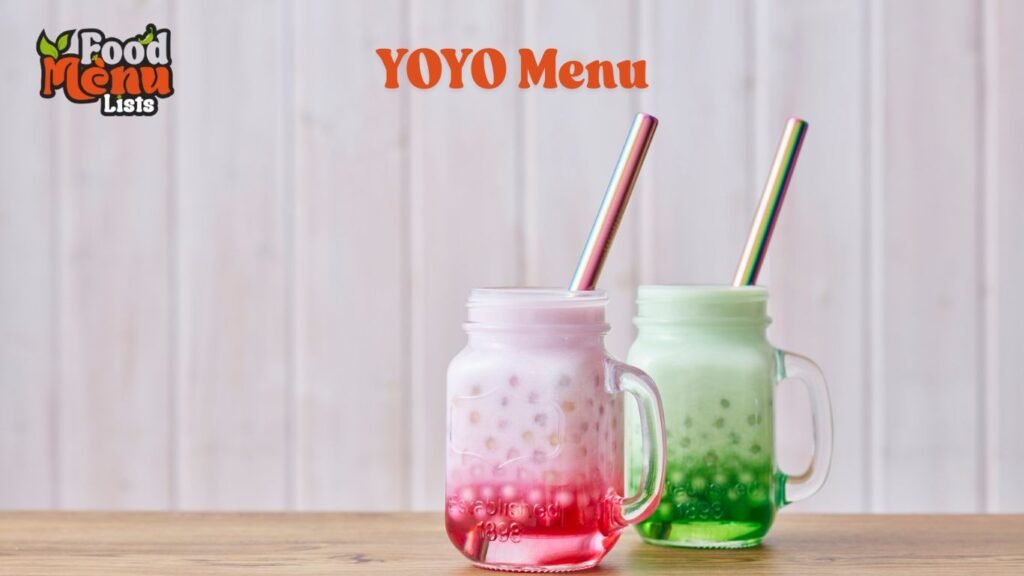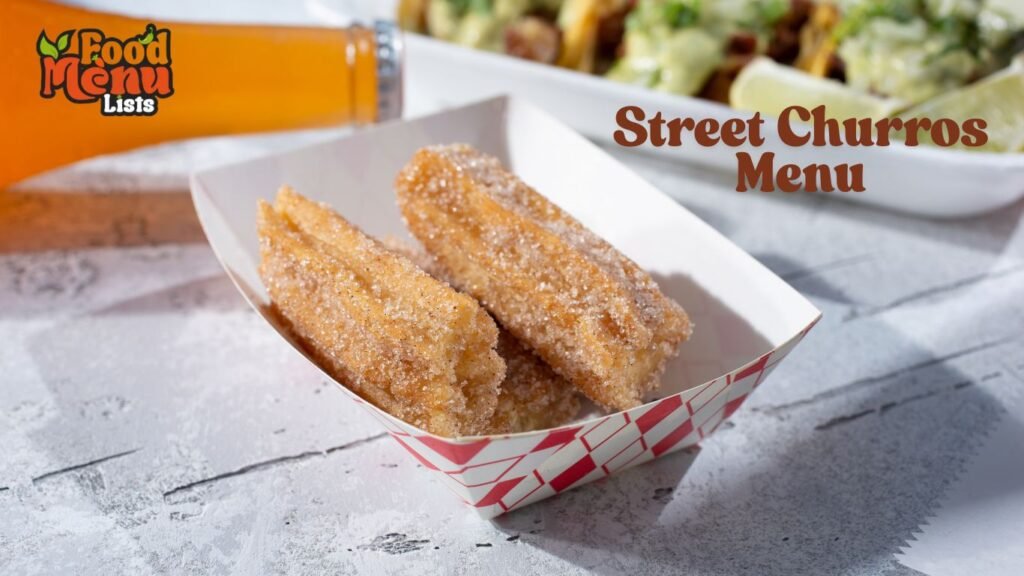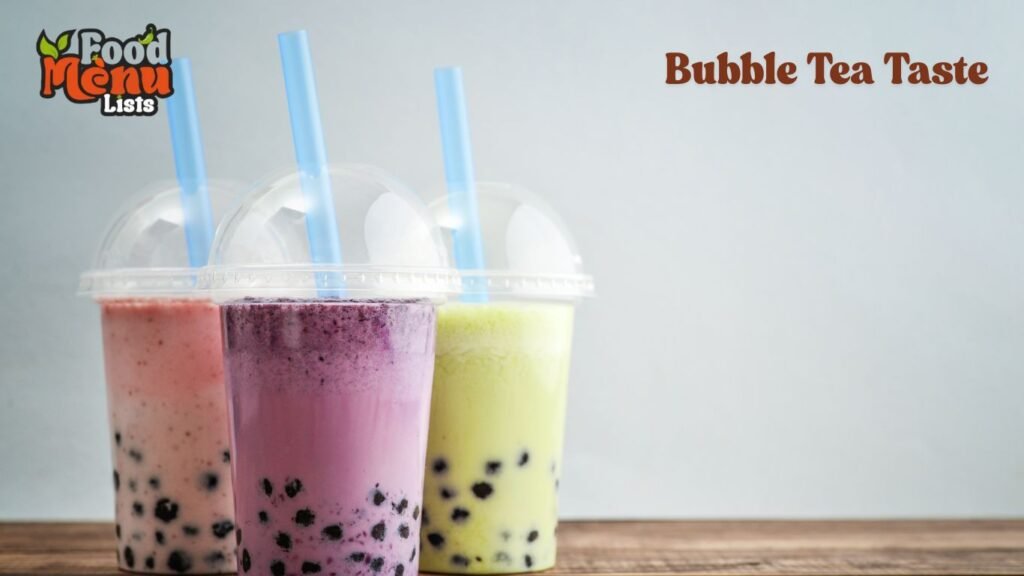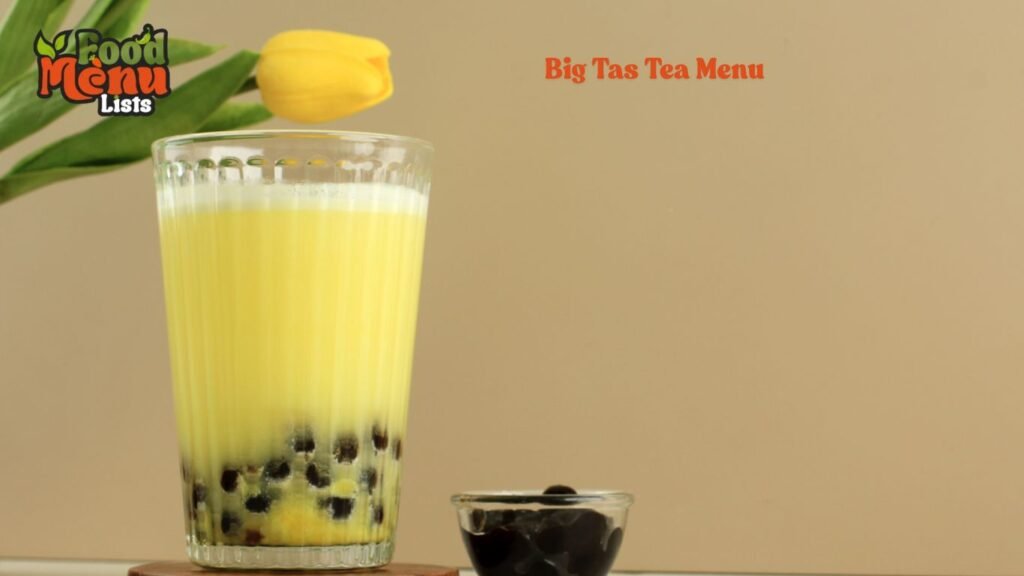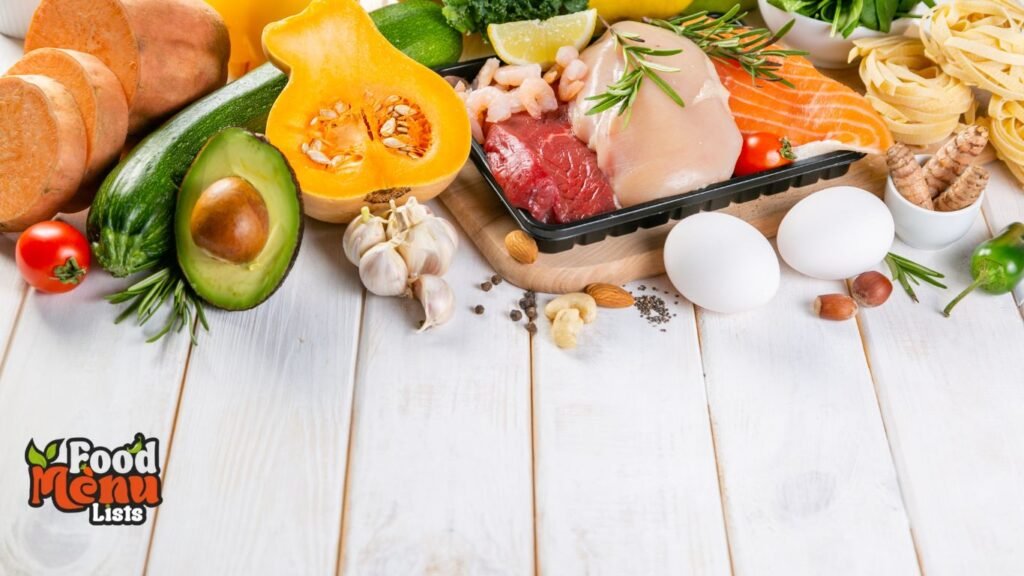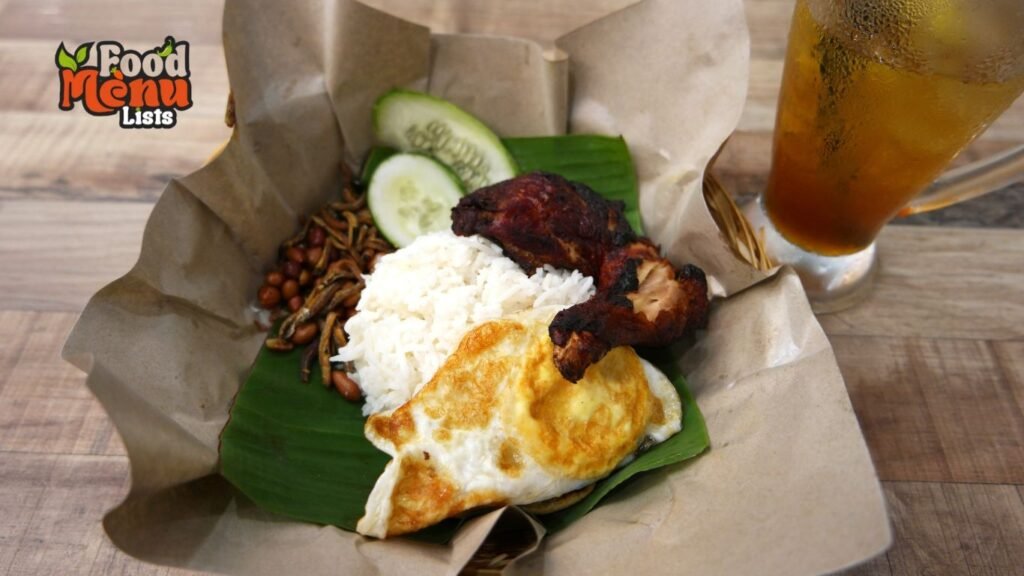Without question, the cuisine comes to mind when one thinks of Malaysia. You name it: char kuey teow, kuih (local cakes), nasi lemak, etc. Our diverse cuisine results from Malaysia’s multiculturalism, which brings us to the “mamak” stalls. Every Malaysian knows what a “mamak stall” is, and if you are a visitor to Malaysia, stopping by one of these stalls to eat will undoubtedly make your trip complete!
Originally, the name “mamak” referred to Indian Muslim migrants, primarily from the southern part of what is now India or Pakistan. The Mamak deal with the locals everywhere they sailed for the last six centuries. Some eventually stayed backing, made their homes, and launched their own companies. Rather, it has a broader significance.
The ‘Mamak’ Stalls’ Bloom
Most Malaysians consider it their favourite place to hang out in the early morning, particularly during football season. Televisions have been installed at Mamak booths so patrons can watch live football matches or their favourite sports teams. When our country’s athletes compete globally in important sporting events, the mama stalls will be crammed to capacity. These’mamaks’ are also successful because of their affordable dishes and sensible serving sizes. Nowadays, it is a well-liked and favour al fresco dining establishment among Malaysians. The second query is: how can one identify a “mamak stall“, and what does it look like? It’s as simple as pie!
The beginning of unique Malaysia culture
Over the years, the’mamak’ stalls in Malaysia have prospered due to their delectable meals. It’s easy to assume that everyone in Malaysia has come to adore these delicious—and sinful—meals. Here, Malaysians can savour their favourite dishes and engage in amiable discussions in a vibrant setting. ‘Mamaks’ are typically regarded by Malaysians as the equal of a café in the West. The’mamak is comparable to a modern café in that both are outside spaces often open twenty-four hours a day, seven days a week, and round the year. It is well known that Kuala Lumpur is a city that no way sleeps. The ubiquitous’mamak vendors well embody the vibrant nightlife in this capital city.
“Jom, Mamak!” “Aneh, Teh Tarik Satu!”
Our language is closely linked to the subject of food. Malaysia is among the very few nations where most of the population speaks more than one language. Being Malaysian is significant because we speak the same language, which is the beauty of Malaysian English, also known as “rojak.” “Jom, lepak mamak!” is one of the frequently used expressions that are synonymous with the subject of “mamaks.” “Aneh, teh tarik satu!” and “Let’s go hang out at a mamak!” (One ‘pulled tea’, big brother… Malaysians would use the word ‘aneh’ to show respect while referring to the’mamaks’.
The Big Reveal
So, aside from the wonderful cuisine and reasonable prices, why are Malaysians and dinners at’mamak stalls so popular? We start with the well-known and delectable teh tarik, suitable for everyone at any time of day, and a sample of roti canai. The epitome of simple yet delicious. You can make roti telur by adding an egg if you’re craving something heartier and don’t want a simple roti canai. Don’t worry if that doesn’t seem compelling enough—there is more! To further clarify, other primary dishes include tandoori chicken, served with naan bread; murtabak, minced beef or chicken packaged in a packet of dough; and mee goreng, fried noodles the Mamak manner.
Mamak Stalls
Growing up in Malaysia, where there were “mamak” booths, I’ve locate my ideal Indian restaurant or “mamak” stall! I’ve been there some times, and they’ve never let me down. Kayu Nasi Kandar is a’mamak stall in Cheras that offers a wide range of food. Trust me, you would wind up instruct everything they have, from roti canai to nasi kandar. Did I also mention that they’re open around-the-clock? View their information here!
FAQs
In Malaysia, what does Mamak mean?
In Indonesia and Malaysia, mamak1884 refers to a maternal uncle or older brother who serves as the male leader of the home.
What is typical Mamak cuisine?
While this varies from stall to booth, a typical Mamak stall will serve the following foods and drinks:
- Roti canai (from Brunei and Malaysia) Pancakes (Singapore)
- Teh tarik.
- eggs that have been partially boiled.
- goat’s milk.
- Murtabak.
- Thosai (sometimes called a dosa)
- Chapati.
- Kandar nasi.
What is Mamak cuisine?
In Malaysia, the term “Mamak” refers to the Indian-Muslim population. This fried noodle dish is very well-liked in Mamak restaurants all around the nation. Why? It consists of thick noodles covered in a spicy, thickened sauce that is packed with ingredients and topped with a lime wedge!
Which fish is the priciest to eat in Malaysia?
Most famously, empurau is the priciest fish in Malaysia. Along with the moniker “King of the River,” it goes by numerous other names, such as Kelah, Semah, or Pelian. Empurau’s transliteration in Mandarin is Wang Bu Liao, which translates to “unforgettable,” a playful reference to its unforgettably high cost.
What is Mamak Restaurant’s English?
The mainstays of Malaysian street food culture are mamak food stands. Mamak stalls are open-air roadside restaurants that serve mostly Malay Indian cuisine and were established by Malaysia’s Indian Muslim population.
